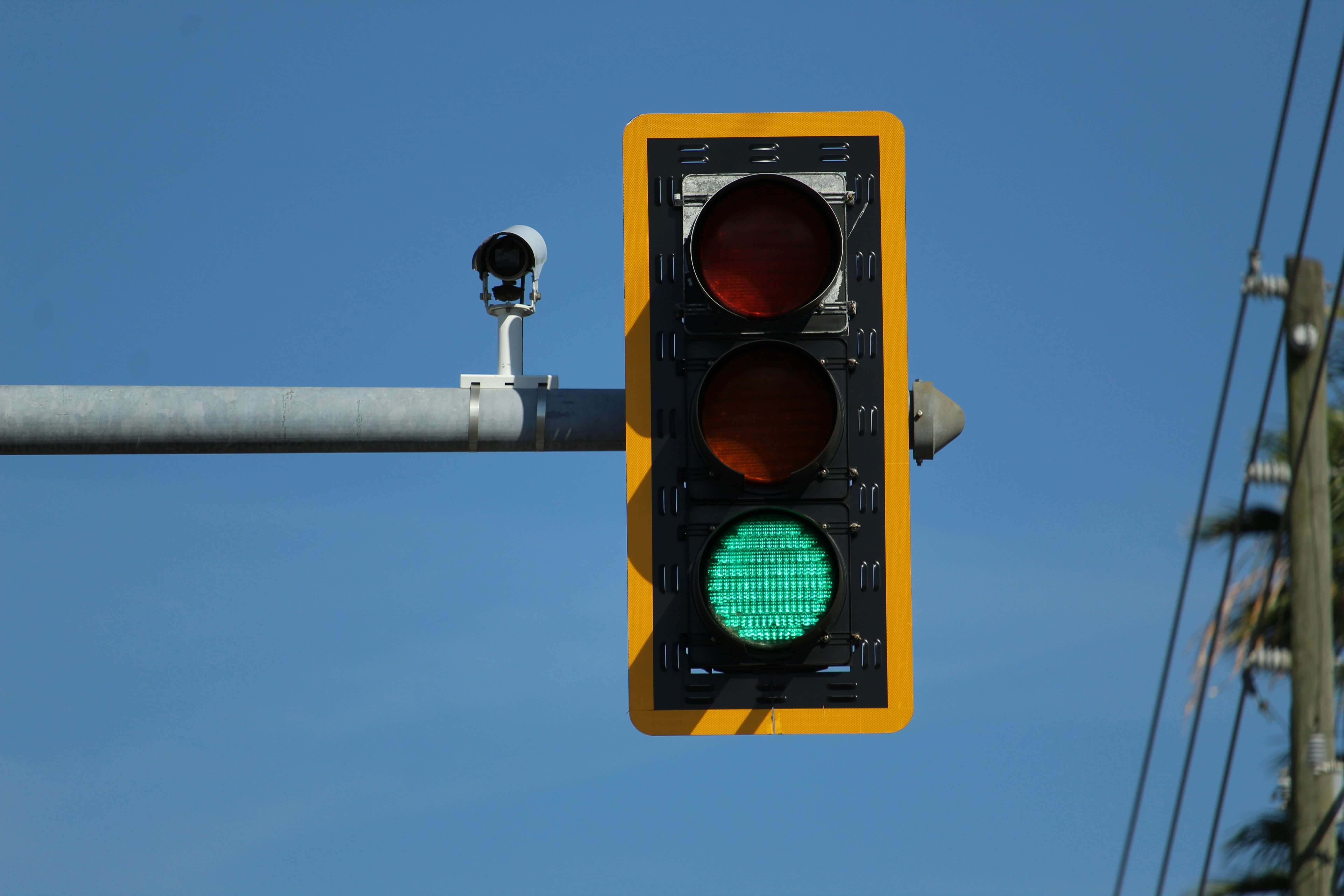Overview:
A leading self-driving company is constantly pushing the boundaries of what’s possible with self-driving technology. They believe that one of the critical components in training autonomous vehicles is the accurate and comprehensive annotation of traffic signs.
Traffic signs provide essential information for safe driving, including speed limits, warnings, directions, and other regulations. For autonomous vehicles to reliably navigate roads, they must be able to accurately detect, recognize, and interpret all types of traffic signs in real-time.
However, this task presents several significant challenges.
Photo by Eliobed Suarez on Unsplash
Challenges:
1. The Vast Diversity of Traffic Signs
Traffic signs come in a wide range of varieties, including warning signs, prohibition signs, road name signs, tourist area signs, traffic control signs, and temporary traffic signs.
To ensure safety and effectiveness, we need to capture and annotate every single one of these sign types accurately.
2. The Sheer Volume of Data
The amount of data required to annotate traffic signs is staggering. For any given road, we need to account for different weather conditions, time periods, and road conditions, all of which can affect the visibility and appearance of traffic signs. This means annotating the same road multiple times to cover all possible scenarios.
3. Occlusion and Obstructions of Traffic Signs
Traffic signs can be partially or fully occluded by various objects, such as trees, buildings, or other vehicles, making them difficult to detect and recognize. Additionally, obstructions like dirt, graffiti, or damage can obscure or alter the appearance of traffic signs, further complicating the detection process.
4. Privacy and Security Issues
Robust data privacy and security protocols are critical to protecting sensitive information captured during traffic sign annotation for self-driving cars.
Solutions:
1. Comprehensive Annotation Types
Using maadaa.ai’s state-of-the-art MaidX Auto-4D automated annotation platform. This powerful tool combines automated labeling with intelligent manual annotation tools to efficiently and accurately annotate traffic signs at scale. It includes:
- OCR: Optical Character Recognition for annotating text on traffic signs.
- Polygon: Annotating the shapes and contours of traffic signs.
- Relationship annotation: Capturing the spatial relationships between traffic signs and other objects in the scene.
These annotations enable our customer’s autonomous vehicles to accurately recognize traffic sign text, shapes, and relationships, enabling them to obey traffic laws and make safe driving decisions.
2. Advanced Object Detection and Segmentation Techniques
To overcome the challenges posed by occlusions and obstructions, maadaa.ai employs advanced object detection and segmentation techniques, such as:
- Instance Segmentation: Identifies and segments individual traffic signs, even if occluded.
- Contextual Reasoning: Improves accuracy by considering the environment and expected sign locations.
- Multi-View Fusion: Merges data from multiple sources for a complete scene view, improving the detection of obstructed signs.
- Temporal Tracking: Uses video frame sequences to track and predict traffic sign movements, ensuring reliable detection in dynamic environments.
3. Advanced Tracking and Quality Assurance
One of the outstanding features of the MaidX Auto-4D platform is its Forward and backward tracking capability. It uses historical and future information to improve the detection accuracy of the current frame, ensuring the traffic sign annotations are as accurate as possible.
Additionally, the annotated data goes through multiple layers of quality assurance. First, it is reviewed by professionally trained labelers to improve accuracy rates. Then, we bring in Subject Matter Experts (SMEs) to further review and refine the annotations to ensure the highest level of accuracy.
4. Prioritizing Privacy and Data Security
Throughout this process, maadaa.ai remains committed to protecting personal privacy and ensuring data security. The experts at maadaa.ai have robust measures in place to prevent any invasion of personal privacy during the annotation process.
Results:
By leveraging maadaa.ai’s advanced annotation platform and rigorous quality assurance processes, we are able to provide our customers with high-quality traffic sign annotations that enable them to train their AI models more effectively. This, in turn, leads to safer and more efficient autonomous vehicles on the road.
In addition, maadaa.ai’s efficient and secure servers help customers reduce costs.



